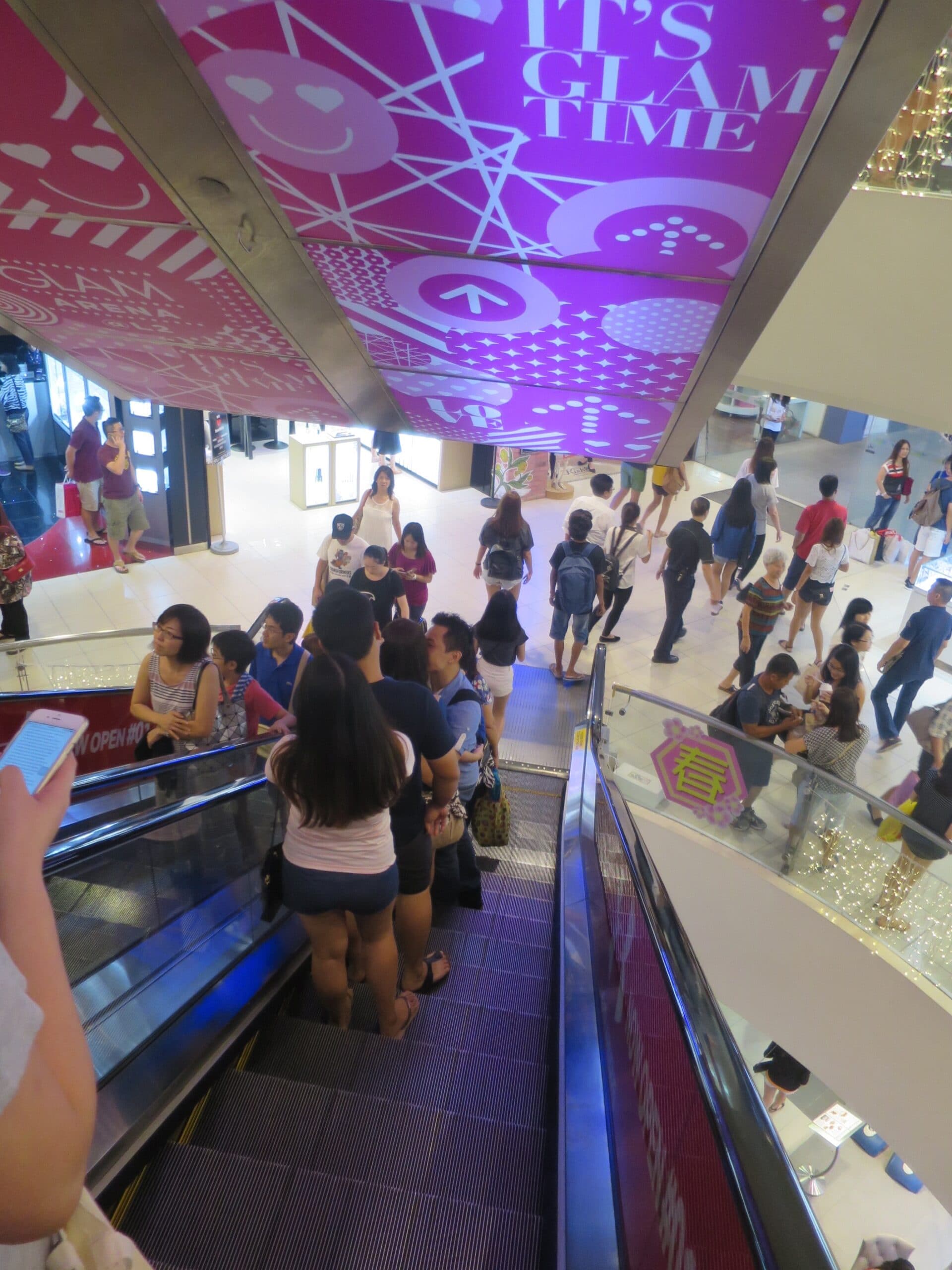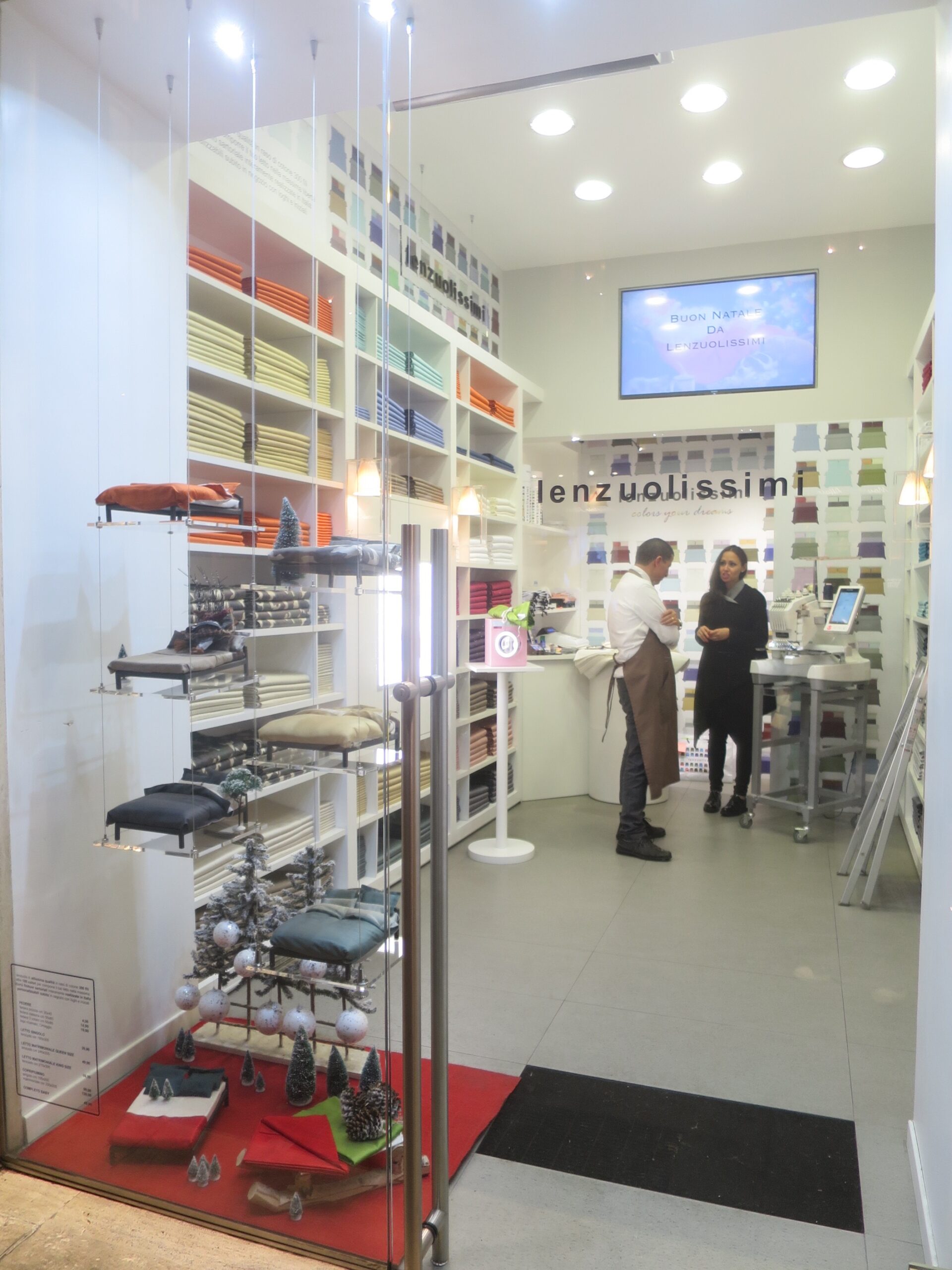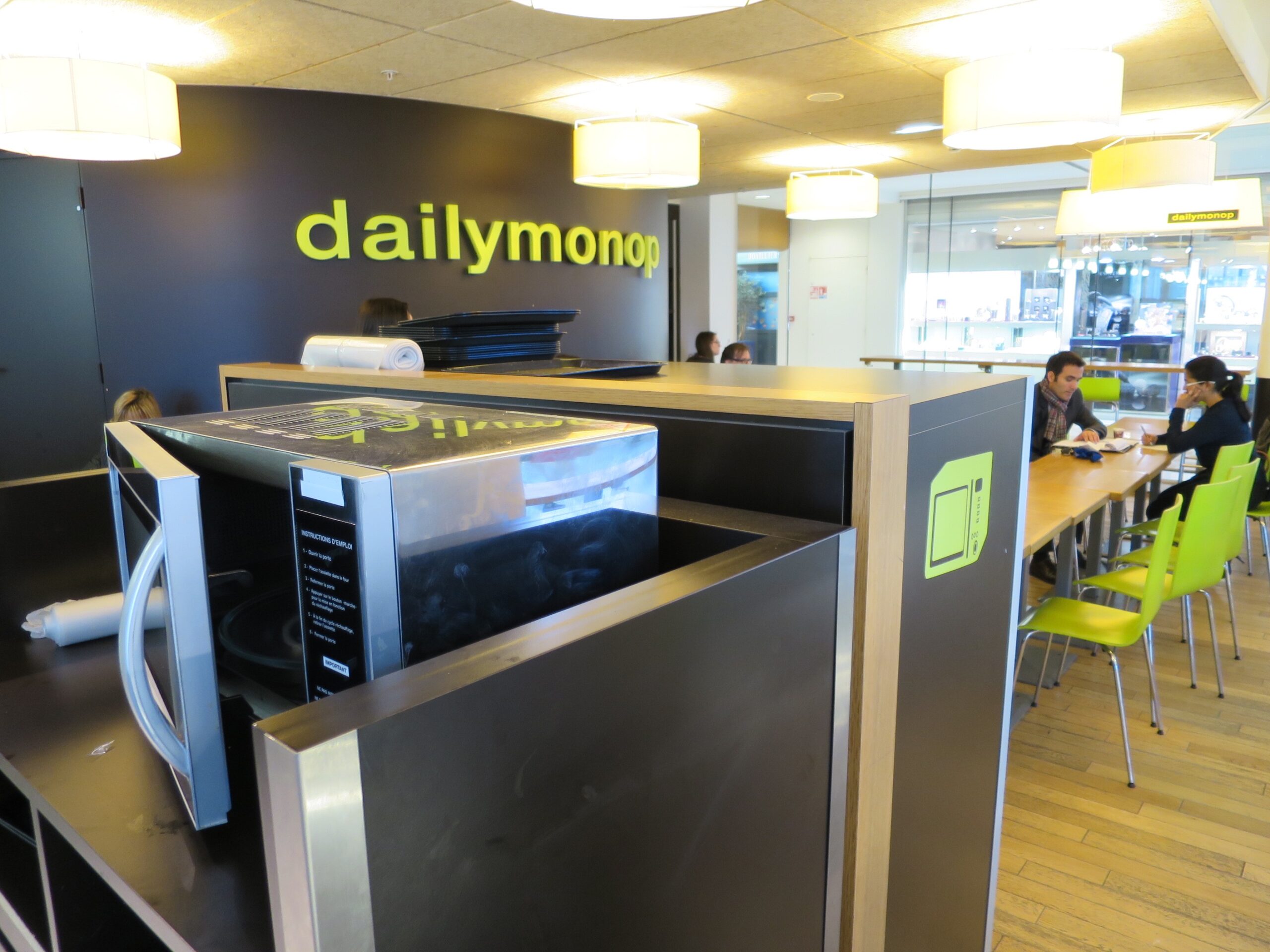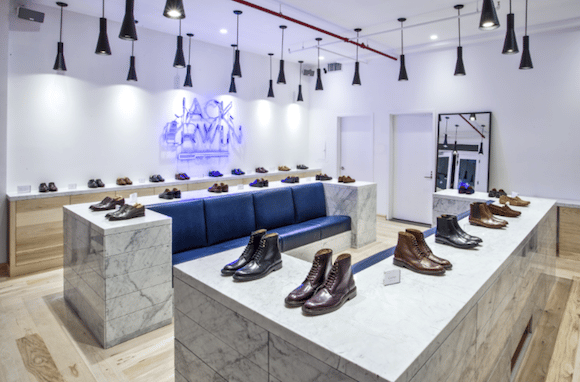By Gary McCartney*
Size matters when it comes to the store of the future.

In Singapore, miniaturisation affects whole malls. Bugis Junction is almost claustrophobic, as it crams hundreds of tiny stores into a warren of narrow passages and galleries. It doesn’t seem to put the
crowds off, and the place is crammed with enthusiastic Singaporeans mostly under the age of 25.
The retailers seem to be mostly local, with few international names that you’d find in the neighboring Bugis+ shopping mall down the road. The concentration on local is a welcome change from the growing trend of homogeneity in shopping malls, and more smaller lease spaces make the offer accessible to smaller businesses.
Shrinking stores are a phenomenon we are seeing in supermarket retail. Over the last couple of years, Tesco has reduced the average size of its larger stores, in some cases sub-leasing the space to other retailers. This goes hand in hand with reducing the amount of choice it gives in its ranges.

By comparison, Aldi has just one ketchup in one size. Its minimal SKUs is one reason why shopping at smaller stores like Aldi and Lidl is simpler and cheaper.
The talk of the Australian supermarket scene is the push to much, much smaller formats. Woolworths has just opened its smallest ever store on York St in Sydney – a diminutive 310sqm. At this size, the line between supermarket and convenience store starts to blur. You certainly can’t call this small shop a supermarket, but it’s clearly not a convenience store as we know it.
Convenience stores tend to focus on fast food, soft drinks, tobacco, confectionery, and ‘emergency’ items, and have a generic range of merchandise. A small format supermarket focuses more on fresh food with a range of prepared meals and a general emphasis on healthier eating.
If Woolworths’ latest Surry Hills store is anything to go by, the offer will be carefully tailored to fit the local customer base. There simply isn’t room for anything that’s irrelevant to the customer.

Interestingly, in some stores, there is space for customers to heat up their prepared food and enjoy it instore, presumably with an accompanying “petit verre de vin”. This feature is added in recognition of the fact that many Parisian apartments don’t have a kitchen. Localisation is vital to this type of offer.
I believe that this model, when it’s refined and fully evolved, will eventually take over from large supermarkets. Shopping for commodities like toilet paper and dog food is becoming increasingly automated. The logical outcome is that basics will be bought online from aggregators and be delivered directly from a distribution centre.
Our shopping habits are already evolving into smaller, more frequent baskets. As we become more conscious of waste and more particular about freshness and the convenience of healthy prepared food, this pattern will only increase and lead to smaller, conveniently located mini supermarkets
closely geared to their local populations.
With online channels becoming more sophisticated, it’s natural that every category of store will shrink – and so will shopping malls. Driverless technology will lead to fewer car parking spaces, and separation of fulfilment methods from the actual purchase will see a reduction in stockholding.
Same day delivery will mean that fashion stores need only carry one size of each garment. US fashion retailer, Bonobos, already does this. Shoe retailer, Jack Erwin, has no inventory instore, only try on pairs. That’s a reduction of around 30 percent of the space requirement for the category.
Reducing the footprint of the store is tempting, given the cost of retail rents, but this leads to a smaller version of the same thing. Stores are no longer about buying product. It’s now easier than ever to do that online.
What customers crave, and will pay for, is experience. What about using some of the freed-up space to create a real retail experience, something that customers will come to because they want to, not because they have to?
*Gary McCartney is owner of McCartney Design. Find out more at www.mccartneydesign.com.au.




















